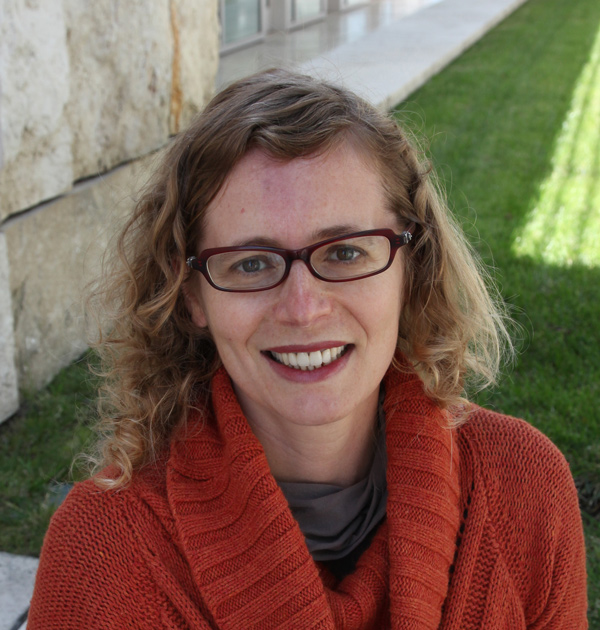Your cart is currently empty!
RECONNOITER

Elena Shtromberg is Associate Professor of Art History at the University of Utah. She is co-curator (with Glenn Phillips, curator and head of modern and contemporary collections at the Getty Research Institute) for the PST LA/LA exhibition of “Video Art In Latin America” on view September 17 at LAXART in Hollywood.
What led to the decision to categorize the videos showing at LAXART into thematic programs? Were you and co-curator Glenn Phillips beginning to see patterns when viewing over 2000 videos?
We were committed from the beginning to doing a thematic show. Most of the histories that currently exist about video art in Latin America are written as national histories—that is, video art in Peru, Colombia, Chile, etc.—and we wanted to put the works we saw into dialogue with each other across different historical periods and different geographies. We chose themes that resonate not only across different countries in Latin America but globally.
Did you have any idea of the quantity of videos you’d be considering and watching?
No, I think we imagined there was work, but not in the quantity that we found. We currently have a record of about 4000 works in our database and know that this is hardly comprehensive and that there is a lot more work to document.
When did you come on board with Getty for this project? Did you move here to work on PST LA/LA?
I actually live between Los Angeles and Salt Lake City and when I’m not in SLC, I’m here. I have a longstanding relationship with the Getty Research Institute, and Glenn and I have worked together on video programs before. In 2005, we co-curated a program on pioneering work in Brazilian video art, and in 2006, we did a program on U.S./Mexico Border video art. In 2011, while I was a guest scholar at the Getty Research Institute, we discussed beginning a research project on video art in Latin America, expanding our interest in video to include work that wasn’t well known and on which there was little written about. We wanted to collect research materials and make them publicly available, and give students the materials they need to research and write about this work further. That was in 2012. We began the project in 2013 with a trip to Mexico and eventually, after the announcement of Pacific Standard Time, we decided to expand our project with an exhibition as well. However, it won’t end when PST is over. We intend to continue to work on this so that we can make the materials accessible, including a publication of essays and translated primary texts that we hope will come out in 2019.
How many videos will be presented at the LAXART exhibition? Will they be showing simultaneously, or will you rotate some of the work?
We have six thematic programs with about 10 works per program; we haven’t yet finalized it but the total will be somewhere in the range of 65 works. There are three gallery spaces at LAXART where people will be able to see the programs, and they will be looped, the first three will run followed by the next three. We also have a number of large and small installations throughout the space that people can come see even if they don’t have time to watch a whole program, which run about 45 to 50 minutes. And we have offered to show the individual programs at different institutions throughout Southern California. For example, we are doing a program at the West Hollywood Library and hope to work out a series of sessions at different universities that have contacted us with interest.
What would you say was your biggest discovery about Latin American art when visiting and traveling throughout the continent?
I think for me, what continues to impress and interest me is how many microhistories there are. In some ways it is very difficult to think about one Latin American art, and I think one of the things that this version of PST will bring out is the diversity and multiplicity within this field. During the last four years of travel for this project I learned that I could continue this research for another 40 years and still not become fluent in this history. There are artists/artworks and countries that figure more prominently, but what you find is that when you travel to countries whose art is lesser known, you will find so many stories that haven’t been told and so many unique and oftentimes spectacular works by artists who are largely unknown outside of their country. I was surprised to learn how little interaction artists in neighboring countries have with each other. They are much more likely to know work out of the U.S. and Europe than that of their neighbors.